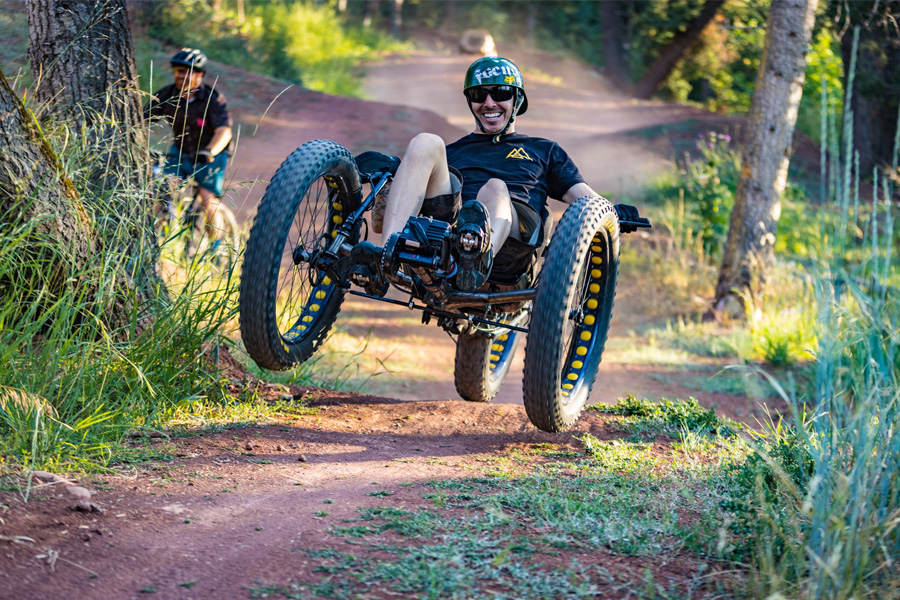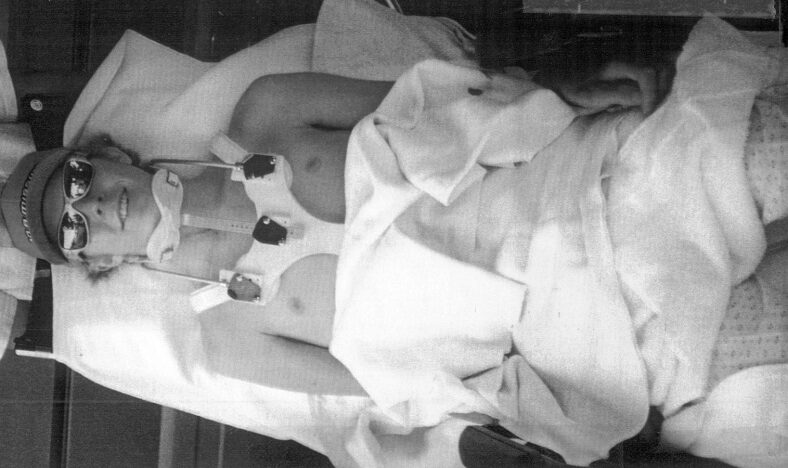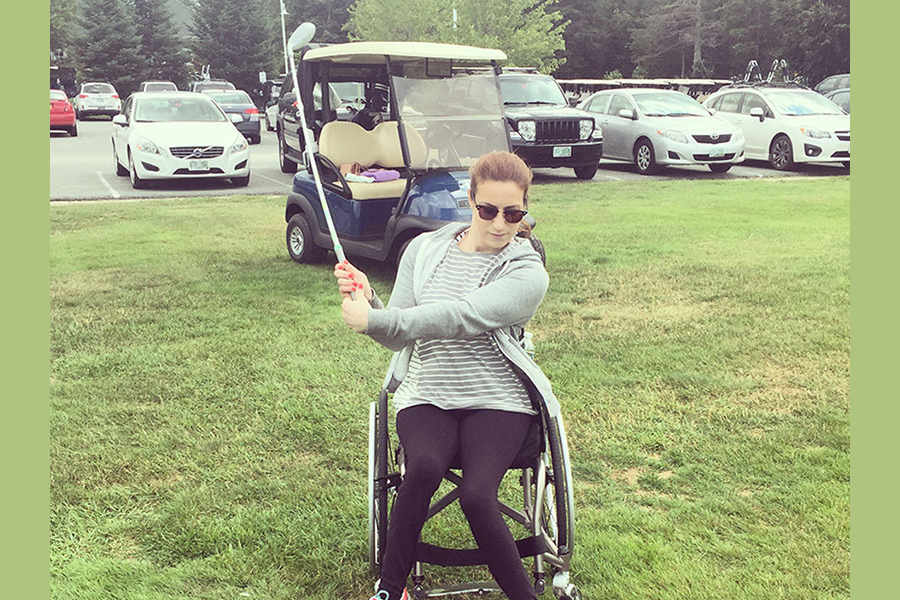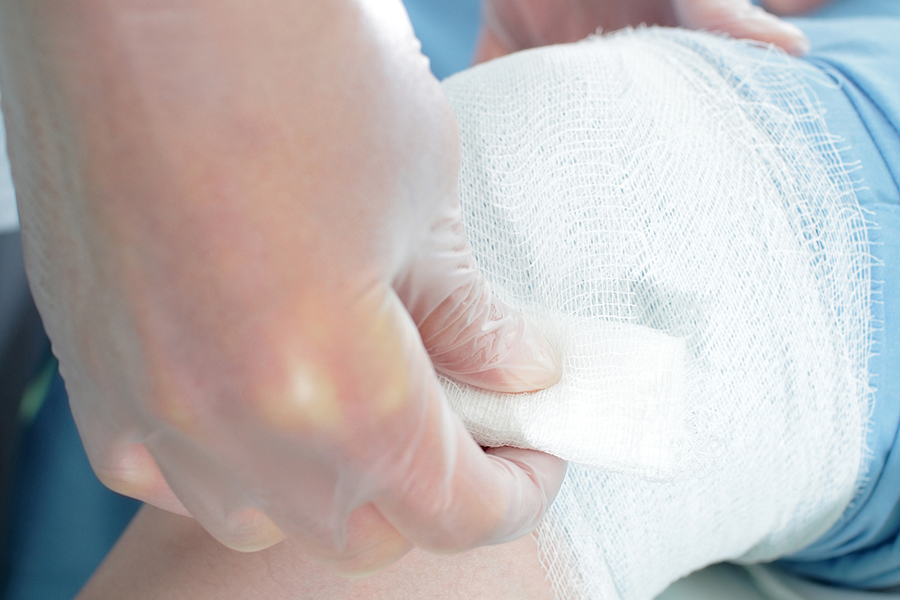In contrast to another blog I wrote about How I Manage My Neurogenic Bowels, this entry offers objective information, resources and tools for someone to use on their own journey through spinal cord injury management.
The bowel is often affected and may not function well after a spinal cord injury, but there are multiple ways to initiate a bowel movement to maintain a healthy and regular bowel program.
Making It Happen
A bowel movement is priority for either the beginning or ending of every (or every other) day. To avoid constipation, accidents or adverse affects, setting ample time aside for a thorough toilet session is, in my mind, absolutely imperative. In other words: make it happen, but on your terms!
Digital Stimulation
Because the the brain-to-body signal to empty the bowel is interrupted, intentional rectal stimulation may be necessary. Digital stimulation (rectal touching) is a technique where a finger is inserted into the rectum, gently touching (stimulating) the wall of the rectum – potentially triggering a bowel movement. This helps move feces/stool out of the bowel. By using this technique, the bowel can be trained to go at specific times. This helps prevent bowel accidents and constipation.
Bisacodyl Suppository
A Bisacodyl suppository is a solid, tapered form dosage, that is inserted into the rectum, where it melts and exerts local effects. Suppositories like The Magic Bullet, Dulcolax® and Fleet suppositories have the same active ingredient (5-10mg bisacodyl). Bisacodyl works by stimulating enteric nerves to cause contractions in the colon. The base, or carrier, of the active ingredient in the suppository is what makes the difference. The Magic Bullet uses a polyethylene glycol (PEG) base which is water-soluble. This base allows the bisacodyl to be activated by the body’s own moisture shortly after insertion. The Dulcolax and other bisacodyl suppositories use a vegetable oil base. This type of base takes longer to work because it needs time to be melted by the body’s heat.
Suppository Applicator
For higher level spinal cord injury (like when one has reduced use of arms & hands), inserting a suppository may be difficult without the assistance of an applicator or personal care attendant. There are several types of suppository applicators on the market – The Sammons Preston Sure Grip Applicator is great for independent quadriplegics. Dulcolax offers a disposable applicator and my personal favorite – the Sephure Applicator is available at most drugs stores or easily ordered online through Amazon.
Enema
When all else fails, a thorough lower-bowel enema may be the solution. A rectal enema is when fluid is injected into the colon via a syringe to cleanse the bowel. An enema can be self-administered with an over-the-counter disposable product like a do-it-yourself kit, such as the ones available here: OptimalHealthNetwork.com. If chronic constipation continues, a medical approach may be needed.
What To Sit On
Whether a bowel program (BP) is done supine, lying on one’s side, seated on a commode or on a standard toilet, comfort and body positioning is very important. Because a BP can take awhile, be sure the surfaces you sit or lay on are soft enough to help prevent pressure injuries or sensitive spot from developing. I personally use a Squatty Potty near my toilet to rest my feet on while seated. This devise aids in tipping the pelvis into a more biomechanically advantageous position for pooping, more like our primal ancestors. But rather than leaves, I prefer two-ply.
Precautions
A bowel program can be a dirty job, so cleanliness is paramount to avoid bacterial infection. Gloves, sanitary wipes and anti-bacterial cleansers are necessary tools. I recommend a shower or bath immediately afterward. Also, blood pressure, autonomic dysreflexia and hemorrhoids can create bowel program complications. Be sure to monitor how you feel before, during and after a bowel program. Over time, you may learn the subtle language your body is speaking and may change the way you manage your bowels.
Whatever combination of techniques & tools used, be sure to exercise consistency with a bowel program, such as every morning or night, or every other morning or night. This would be my single most important advice. The body likes routine, and in this case, routine is control, and control is king!
Happy pooping!
Aaron
For more information, see related articles and resources here:






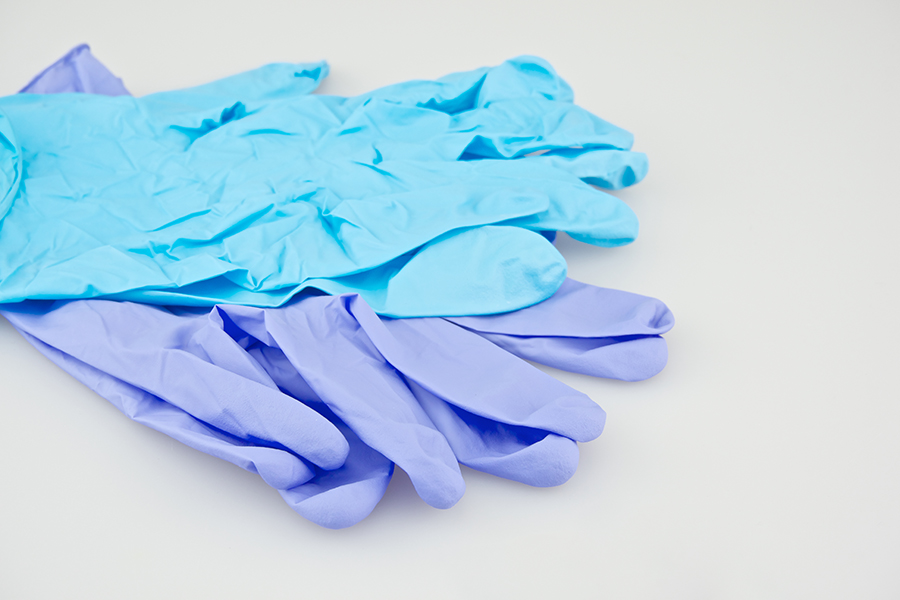


 I have been paralyzed from the waist down since 2013. I’ve been steadily gaining weight since then, and I’m starting to get self-conscious about it, especially since people already stare at me in my wheelchair. What are some exercises, things I can do to help me lose this extra weight?
I have been paralyzed from the waist down since 2013. I’ve been steadily gaining weight since then, and I’m starting to get self-conscious about it, especially since people already stare at me in my wheelchair. What are some exercises, things I can do to help me lose this extra weight?